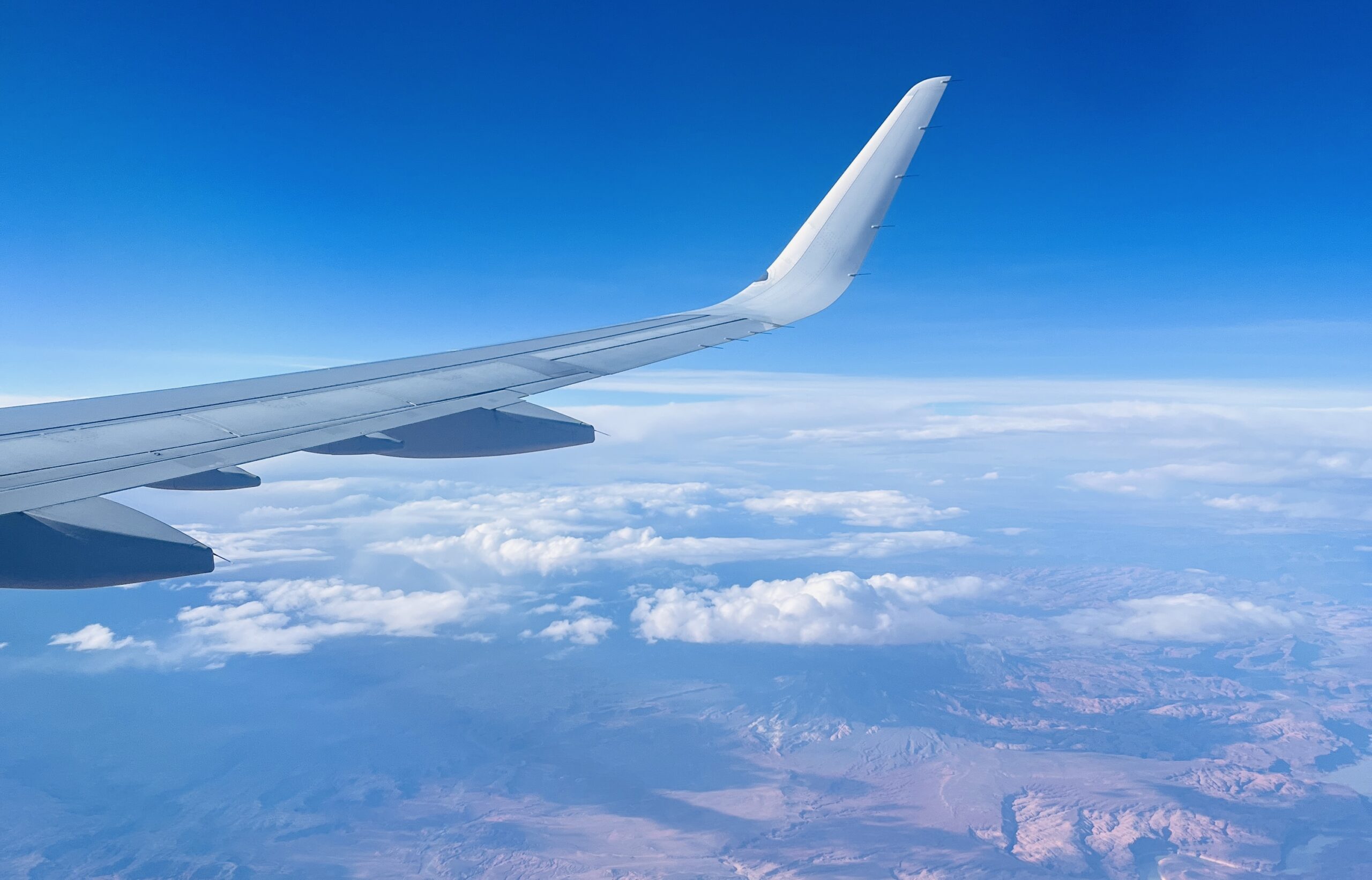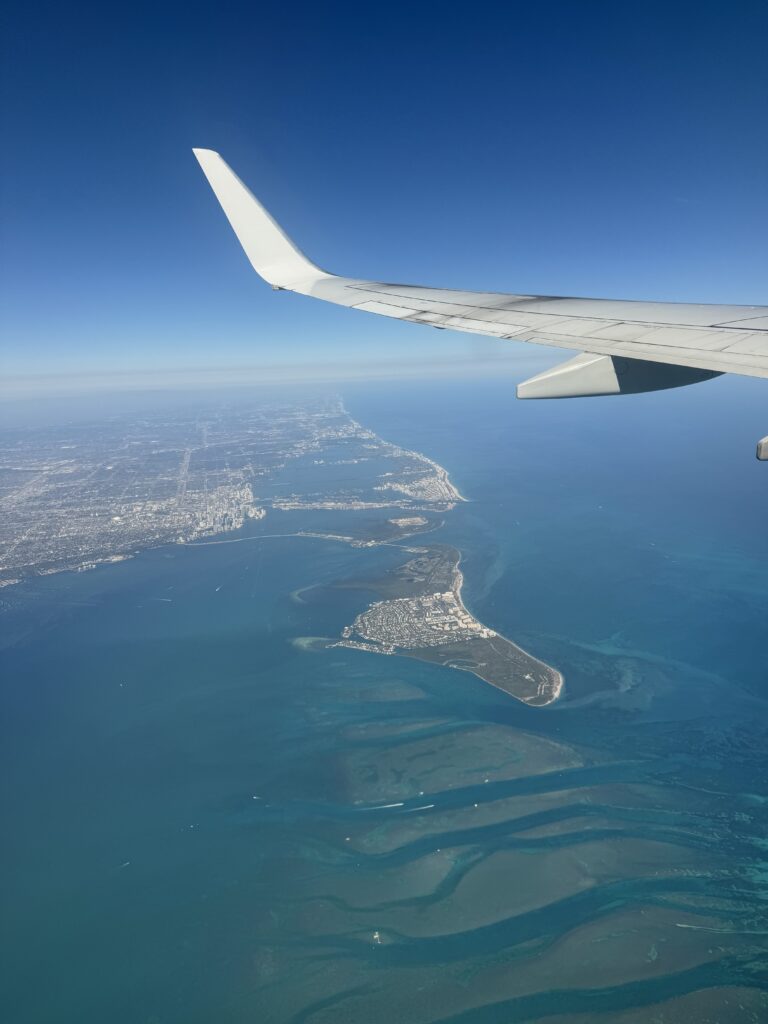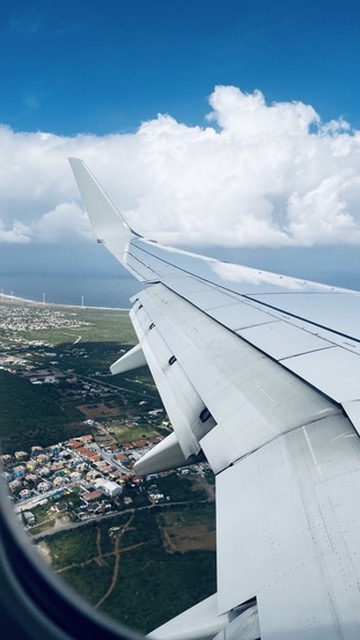Turbulence Is Getting Worse: What Passengers Can Expect
No one likes turbulence but turbulence is getting worse. Here’s what you as a passenger can expect with more turbulence in the skies.
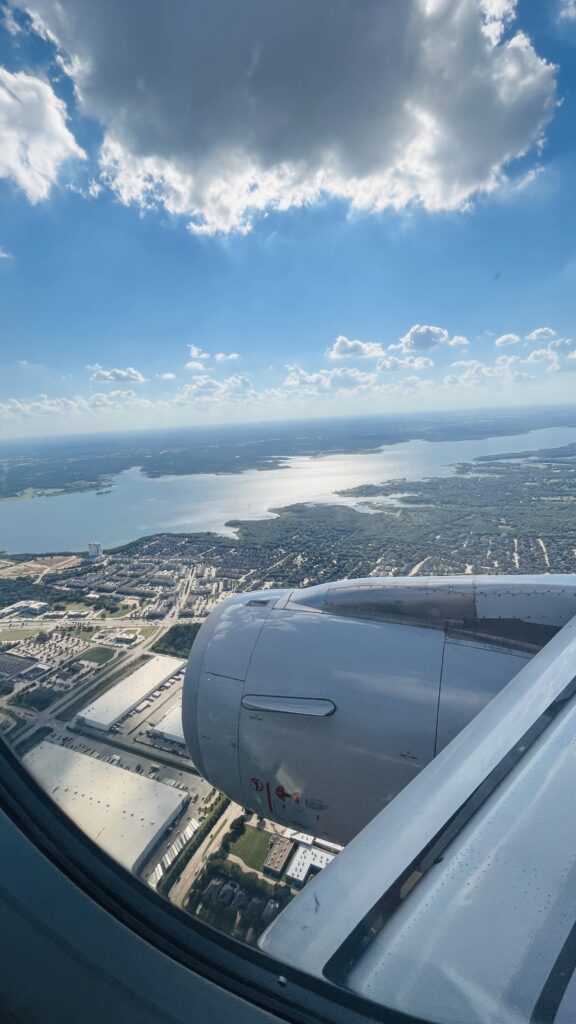
With climate change impacting air travel, turbulence is becoming harder to avoid—and more common.
Unfortunately, more delays, longer flight routes, and longer waiting times at the airport are all things you can expect with turbulence becoming more common. Generally, airlines plan out flight paths to avoid areas of turbulence. However, with climate change directly impacting air travel, the aviation industry is bracing themselves for more turbulence in the skies.
Turbulence may feel unsettling, but it’s a normal part of flying—not a sign that something’s wrong.
For both first-time flyers and seasoned travelers, turbulence can be a source of anxiety. When the aircraft begins to shake and move unexpectedly, it’s natural for passengers to feel concerned about their safety during the flight. However, it is important to recognize that turbulence is a common phenomenon and not indicative of any serious issues with the aircraft.
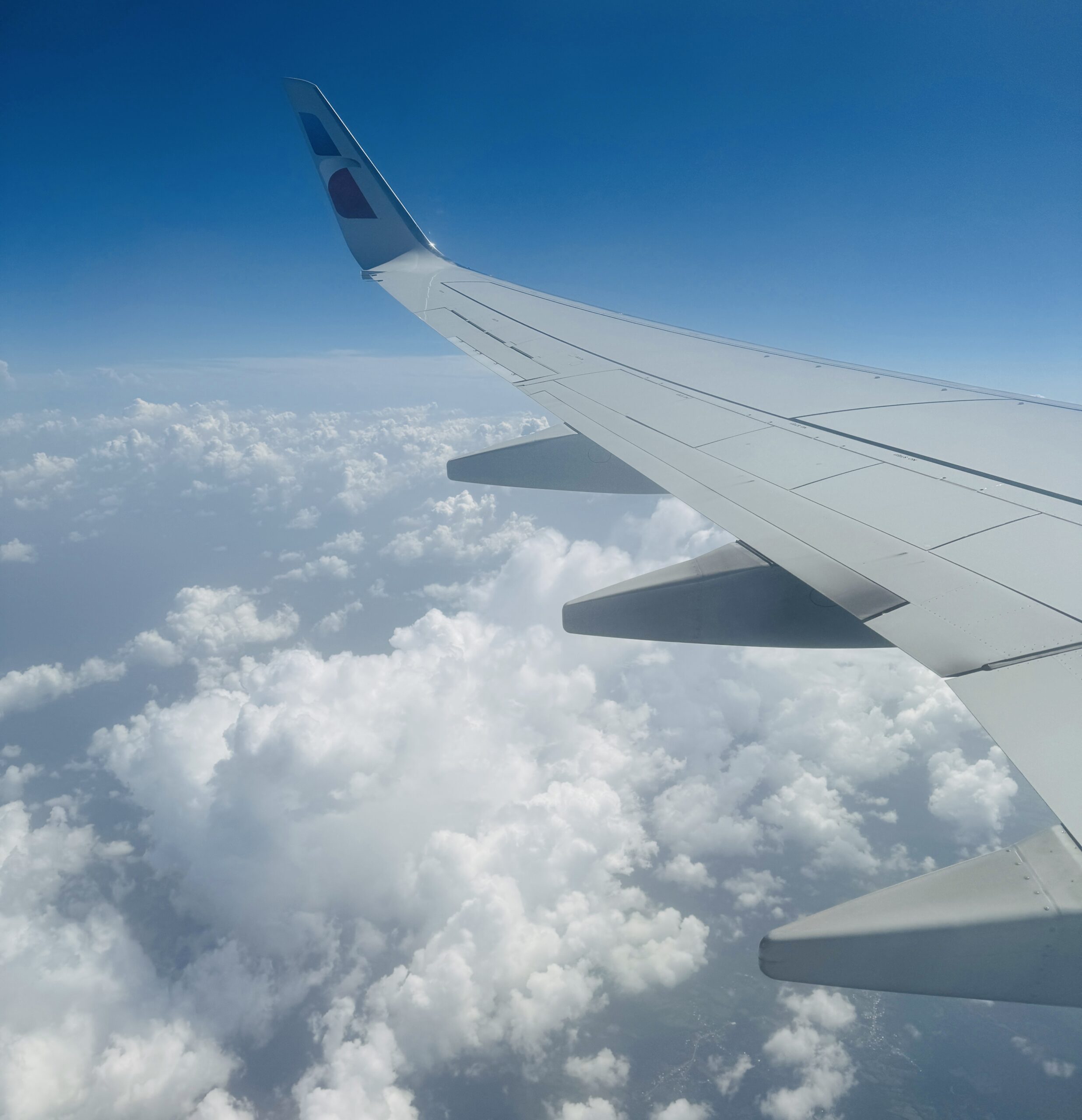
What is Turbulence?
Turbulence refers to the irregular motion of air that can cause an aircraft to experience shaking or jolting. One effective way to manage anxiety related to turbulence is to educate yourself about its nature and the different types that can occur during flight. There are two primary types of turbulence:
- Clear Air Turbulence: This type occurs at high altitudes and is often unpredictable, manifesting in clear skies without any visual indicators.
- Mechanical Turbulence: This occurs when airflow is disrupted by geographical features such as mountains, buildings, or other structures.
It’s important to note that the fear of turbulence does not often stem from the turbulence itself, but from concerns about potential outcomes. It is crucial to understand that modern aircraft are engineered to withstand turbulence, and the risk of a plane experiencing significant issues due to turbulence alone is extremely low.
By familiarizing yourself with the types of turbulence, you can better anticipate what to expect during your flight. Understanding that turbulence is a routine aspect of air travel can help alleviate concerns and contribute to a more comfortable flying experience.
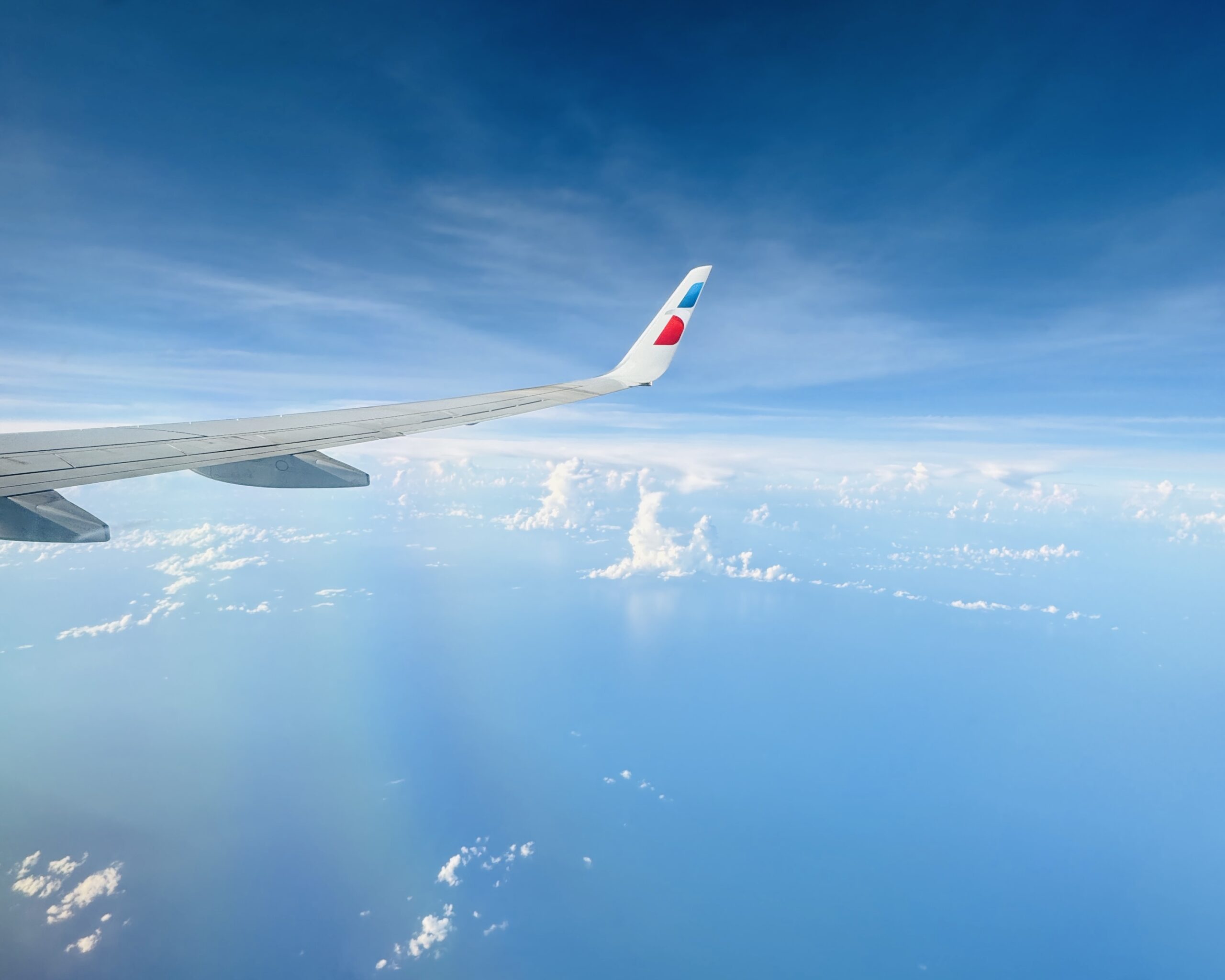
Why turbulence is increasing
The primary contributor to the increase in turbulence is climate change. It is responsible for altering weather patterns in the atmosphere, leading to a rise in extreme weather conditions. As the climate continues to warm, clear air turbulence is expected to become more frequent, especially in the Northern Hemisphere.
This means flights are likely to become bumpier. Jet streams—those narrow corridors of strong winds high in the atmosphere—are often responsible for the turbulence you experience. Climate change is increasing instability in these jet streams, elevating wind speeds, and causing more turbulence even in seemingly calm skies.
Clear air turbulence is one of the most challenging types of turbulence due to the lack of visibility. It’s invisible to the naked eye, the radar, and satellites – oftentimes catches pilots off guard, sometimes even when the seatbelt sign is off. Most pilots only become aware of it once an aircraft is going through it.
Clear air turbulence is particularly unsettling because you often don’t anticipate turbulence when looking out at clear skies. Most people expect it to occur when flying over mountainous regions or through thunderstorms. By 2050, scientists predict that pilots may experience twice as much severe clear air turbulence.
What passengers can expect
As turbulence becomes more prevalent, it’s important to be prepared for a variety of flying experiences. The process of flying may become a bit more unbearable at times. Common encounters during turbulence include:
- Intensity Levels: Turbulence can range from mild bumps to more severe jolts.
- Duration: Some turbulence lasts only a few seconds, while others may persist for several minutes.
Modern aircraft are designed with advanced technology to handle turbulence effectively, ensuring that safety remains the top priority, even during rough patches. It’s worth noting that severe turbulence rarely causes any danger to the plane. If you begin to feel anxious before your flight, remind yourself that flying is one of the safest modes of travel. This mindset can often help ease any worries that may arise.
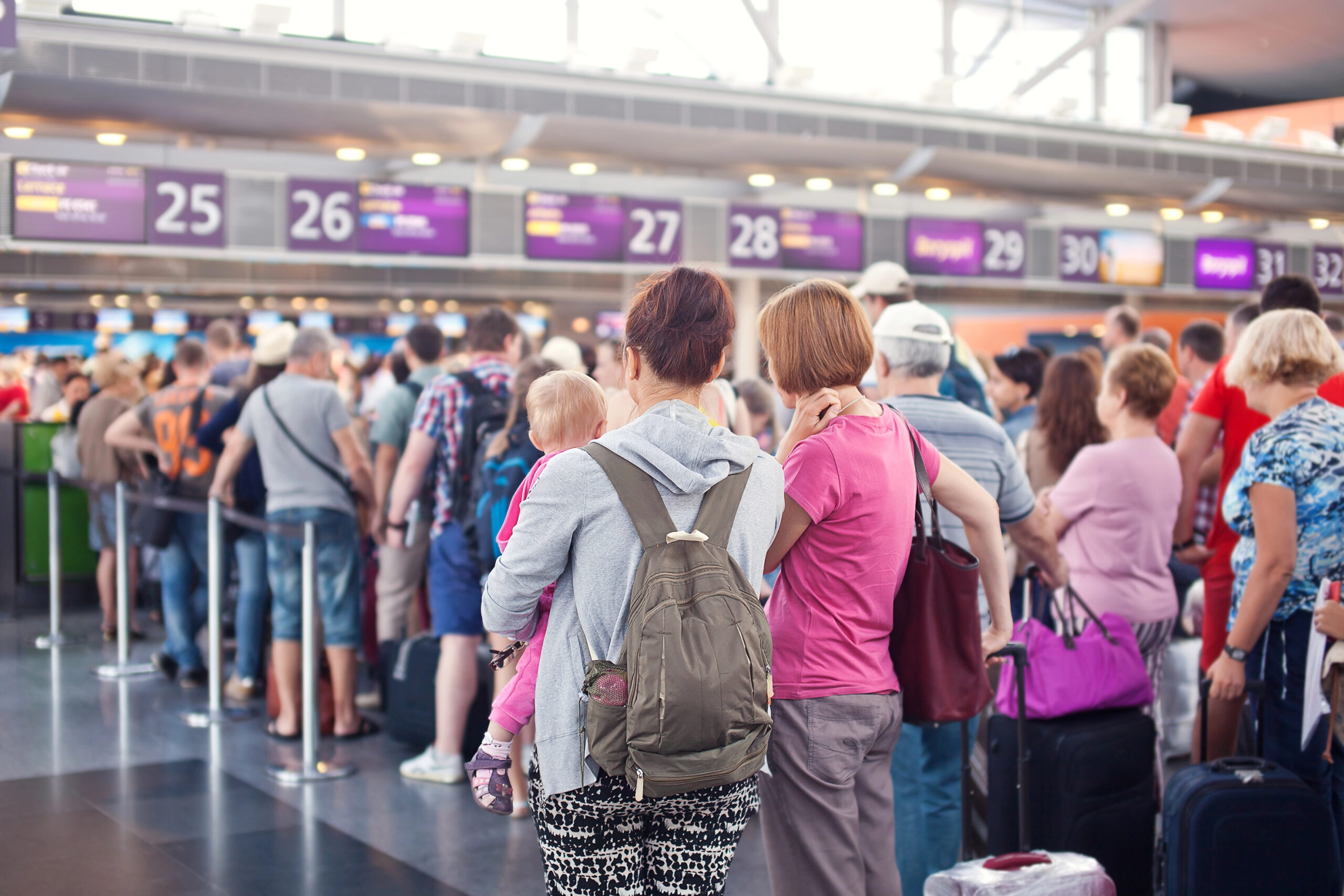
Tips for passengers
However, as turbulence becomes more frequent, flights may experience delays, particularly as airlines adjust routes to avoid turbulent areas. This may also result in longer flight times as pilots navigate around unstable weather patterns. With that in mind, it’s a good idea to remain flexible and consider purchasing travel insurance, just in case your travel plans are affected by delays or disruptions.
To prepare for turbulence, consider these helpful tips:
- Choosing Seats: Opt for seats over the wings, as this area typically offers a smoother ride.
- Secure Your Belongings: Store your items properly to prevent them from becoming projectiles during turbulence.
- Keep Your Seatbelt Fastened: Make sure your seatbelt is fastened throughout the flight, even when the seatbelt sign is off, to ensure safety in case of unexpected turbulence.
- Practice Deep Breathing: If you start to feel anxious, deep breathing exercises can help you manage your stress levels.
- Use Distractions: Bring along books, movies, or music to help divert your attention from any turbulence you may encounter.
To navigate potential airport and flight inconveniences caused by turbulence, keep these tips in mind:
- Know Your Rights as a Passenger: Always be aware of your “fly rights” to ensure you receive compensation for flight delays, cancellations, or mishandled baggage. Knowing these rights helps you claim what you’re entitled to, such as refunds or accommodations. For detailed information, you can check the U.S. Department of Transportation website.
- Download the FlightAware App: This flight tracking app provides real-time information about flights, including live tracking of aircraft, flight statuses, and delays. It allows you to monitor flight paths and weather conditions, receive notifications on flight changes, and access historical flight data.
- Explore Rebooking Options: If your flight is delayed, explore rebooking options on your airline’s app as soon as possible to secure the most convenient alternative flight. Most airline apps provide real-time rebooking options, making it easy to switch to another flight, so be sure to regularly check the airline’s app for updates.

What airlines are doing
Airlines are continually working to improve the flying experience for passengers. Innovations in technology, such as better weather forecasting and real-time data analysis, help pilots navigate around turbulent areas more effectively. Many airlines are also investing in pilot training to enhance their skills in handling turbulence. Many use Clear Air Turbulence (CAT) forecasts, which are like temperature and rain forecasts, but specifically for turbulence.
Remember, airlines plan out flight routes to try and avoid turbulence as much as possible. Additionally, the IATA Turbulence Aware Program has become a game-changer in turbulence management. This global initiative allows airlines to share real-time turbulence data with each other, providing pilots with valuable insights into turbulent areas ahead.

The program helps pilots adjust flight paths proactively, avoid known turbulence zones, and even adjust altitudes to reduce the severity of turbulence. This collaboration improves flight safety, helps pilots make better decisions, and ultimately enhances passenger comfort. By sharing data globally, airlines can work together to create smoother and safer flying experiences.
The IATA Turbulence Aware platform not only provides real-time updates on turbulence but also enables better turbulence forecasting by aggregating data from multiple flights. This helps airlines and meteorologists predict where turbulence is most likely to occur, allowing for more effective flight planning. Moreover, the program contributes to continuous improvement in aviation safety, ensuring that both passengers and flight crews are equipped with the information needed to navigate turbulence more efficiently.
Since we’re talking about flying, it’s time to book your next trip! Here’s an idea for a dreamy destination: Samaná: The Dominican Republic’s Best Kept Secret.
